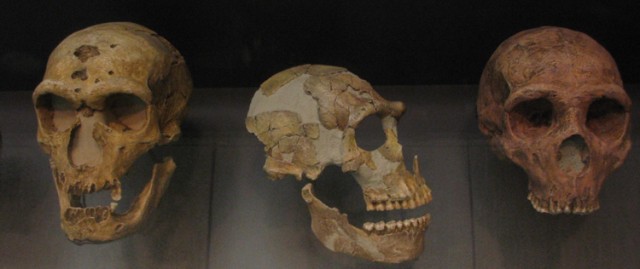Collectively, humanity’s genomes carry a fifth of a Neanderthal
Ars Technica » Scientific Method 2014-01-29
The completion of a Neanderthal genome showed that there was a very clear signal of Neanderthal DNA in all non-African populations of modern humans, demonstrating that the two populations had interbred during the latter's migration into Eurasia. But a statistical signal doesn't really tell you what's there. Do all humans carry the same few pieces of Neanderthal DNA, suggesting it's been contributing to our fitness? Or have bits of Neanderthal been scattered through the human genome, kept around by little more than random drift?
Two papers, one in Nature and the second in Science, attempt to answer these questions. Conveniently, they come up with the same answer. Yes, lots of Neanderthal DNA is scattered around at random—enough so that, if it were all brought together in one individual, that person would be 20 percent Neanderthal. But there are also lots of bits that aren't located randomly, some of them useful, many others less so.
Given that we now have a few Neanderthal genomes, it might seem easy to spot pieces of DNA that originated there. But the Neanderthal genome is so similar to that of modern humans that it can be difficult to tell whether something originated there or whether it's just a bit of normal variation. The task is made harder by the fact that recombination has scrambled the Neanderthal and human chromosomes, so that the typical piece of Neanderthal DNA should now be less than a hundred thousand bases long; the chromosomes are millions of bases.
Read 8 remaining paragraphs | Comments





